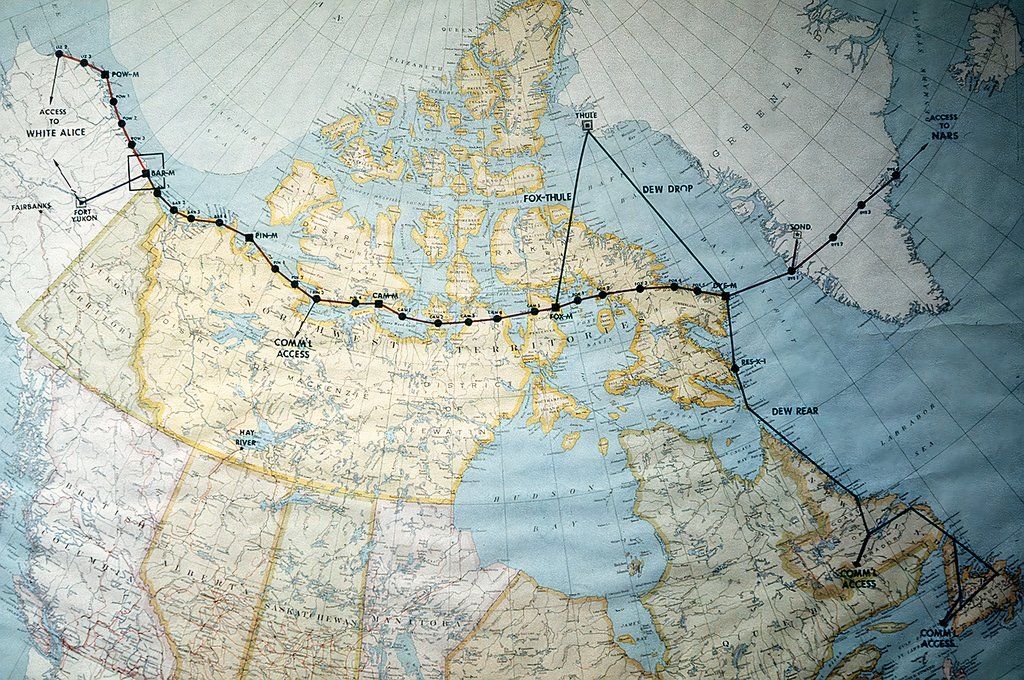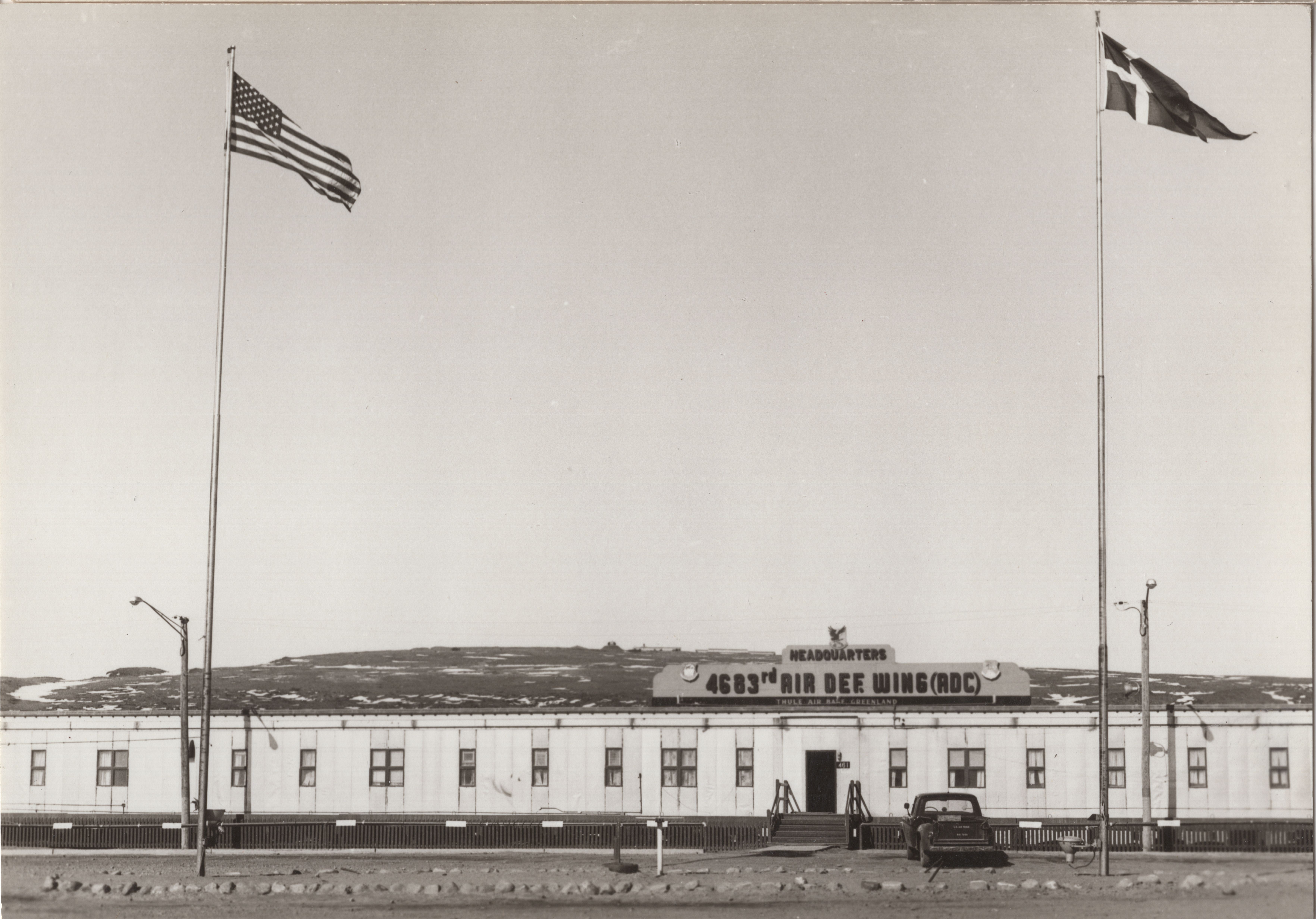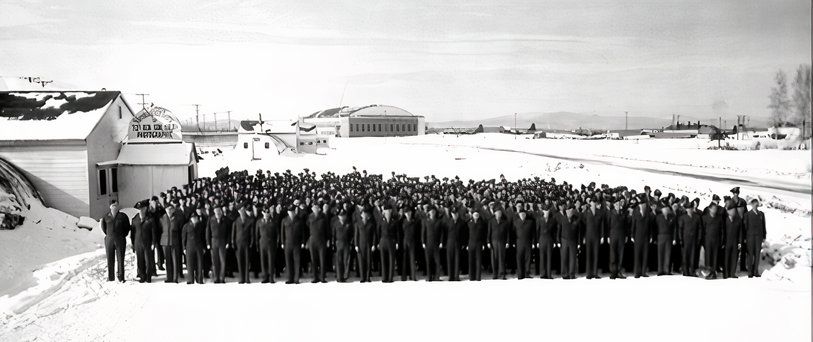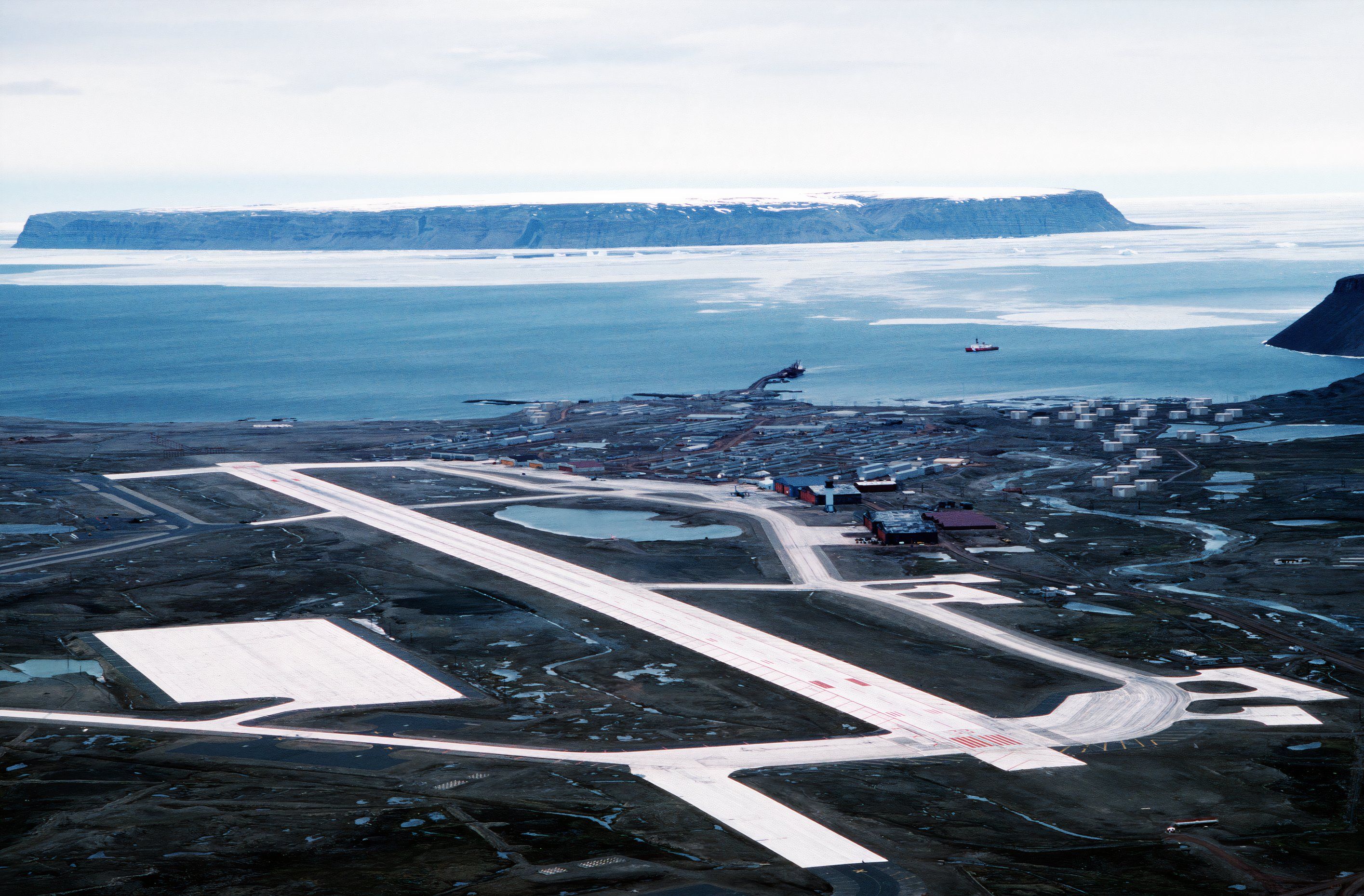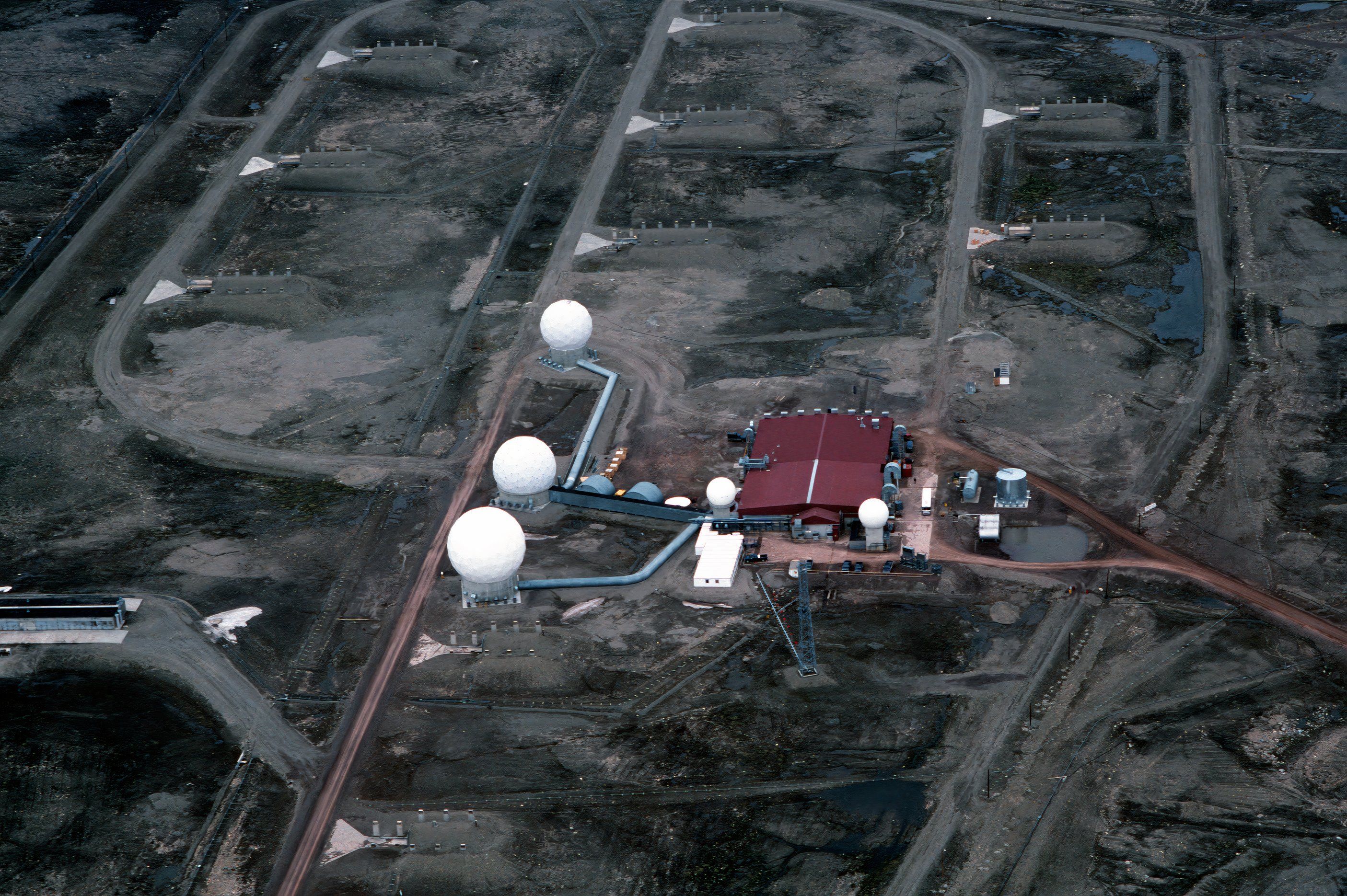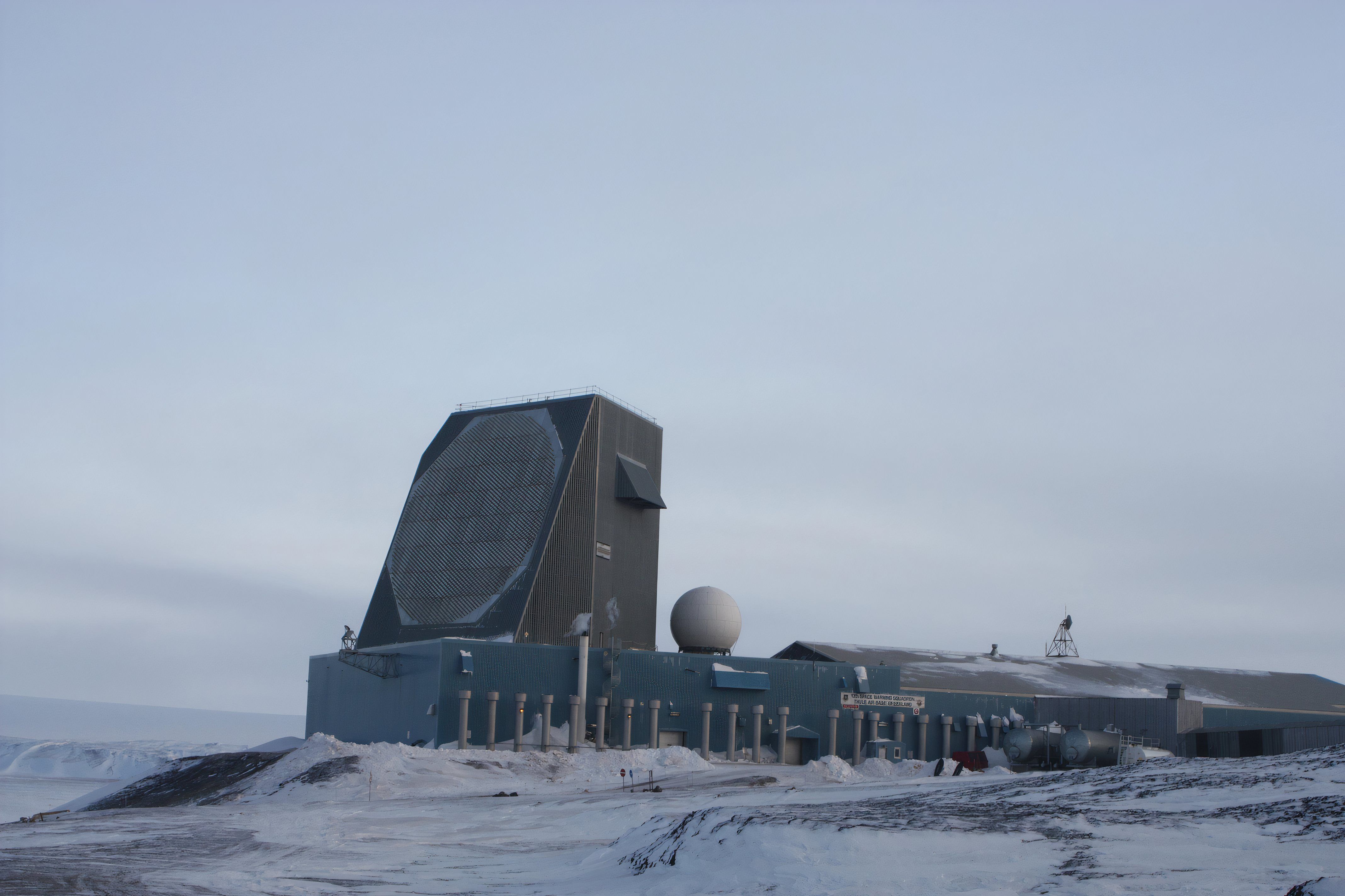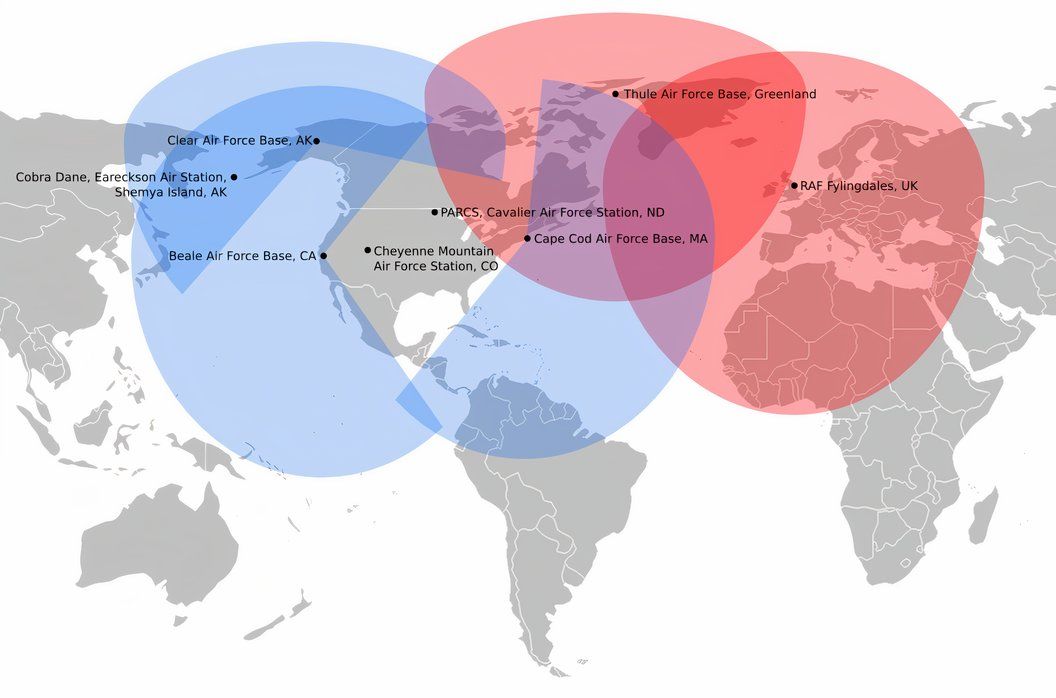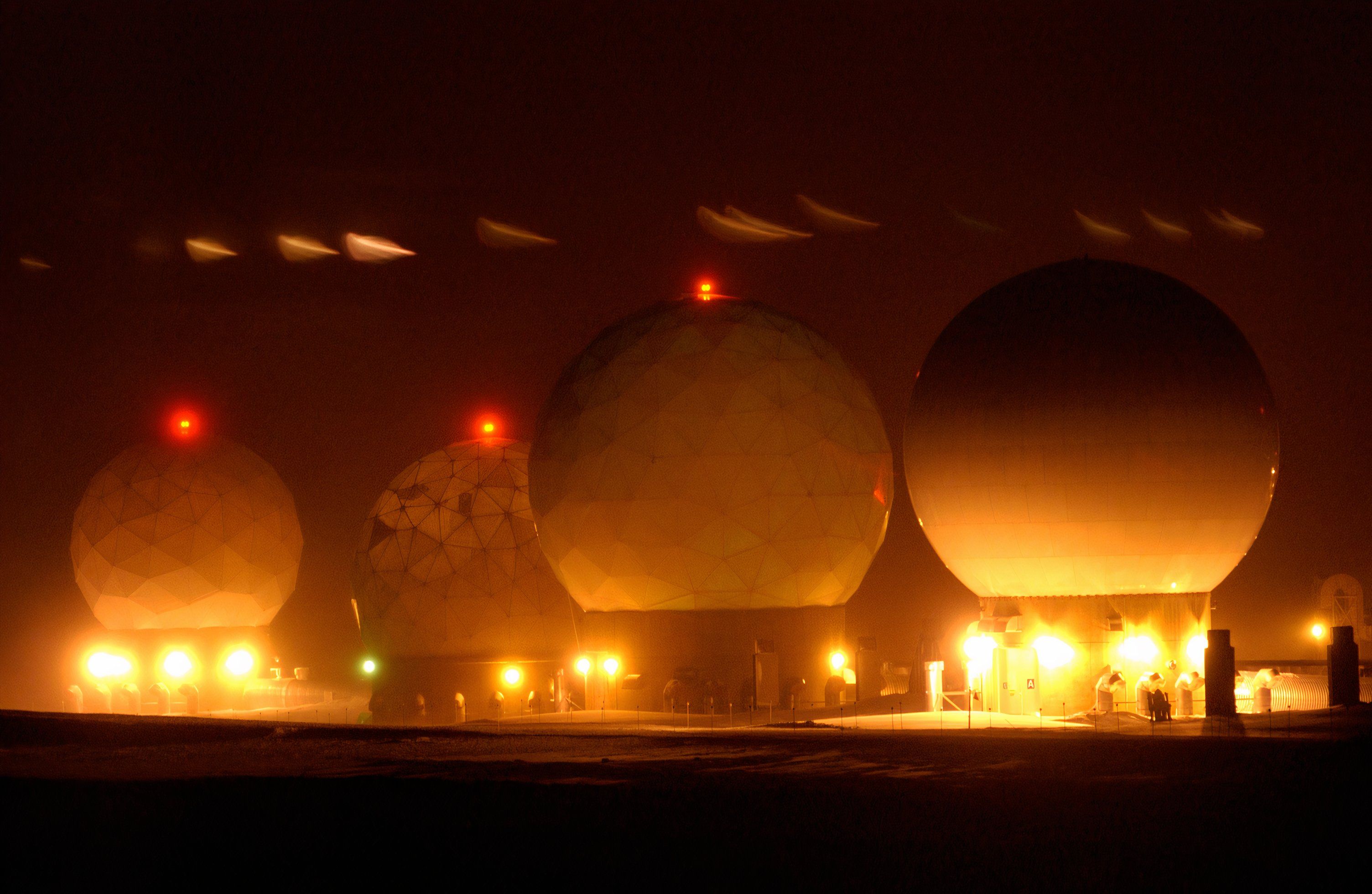Space Force Base Pittufik, is an incredibly important node in America’s early warning missile defense system. While the base has changed over the years, its relivence has not and will remain of strategic importance into the future.
Missiles, radars and America’s Distant Early Warning system
Pituffik Space Base in Greenland, formerly known as Thule Air Force Base (AFB), owes its existence to the Cold War and the threat of nuclear war that was seemingly ever-present during over this 44-year period of time. According to Colonel John L. Conway III (USAF, Ret.)
“By 1957 the Distant Early Warning (DEW) Line of more than 30 radar stations was manned from Point Barrow, Alaska to the east coast of Greenland to provide early-warning of Russian bomber and missile attacks.”
Photo: USAF | T/SGT Donald L. Wetterman
…constructed under the strictest of secrecy, under the code name “Operation Blue Jay”
Thule AFB was constructed under the strictest of secrecy, under the code name “Operation Blue Jay”, and its purpose was as a node in the DEW. In terms of effort, the construction of Thule AFB, has been compared to the Panama Canal, in terms of its magnitude and the harsh terrain in which it was built. The US Navy
was responsible for the transportation of the majority of the men, equipment and supplies, which were shipped out from the Naval shipyards in Norfolk, Virginia.
The Thule Defense Area, created by an agreement signed 27 April 1951, covers approximately 254 square miles. Thule is located in a coastal valley approximately four miles from the entrance of North Star Bay on Greenland’s west coast.
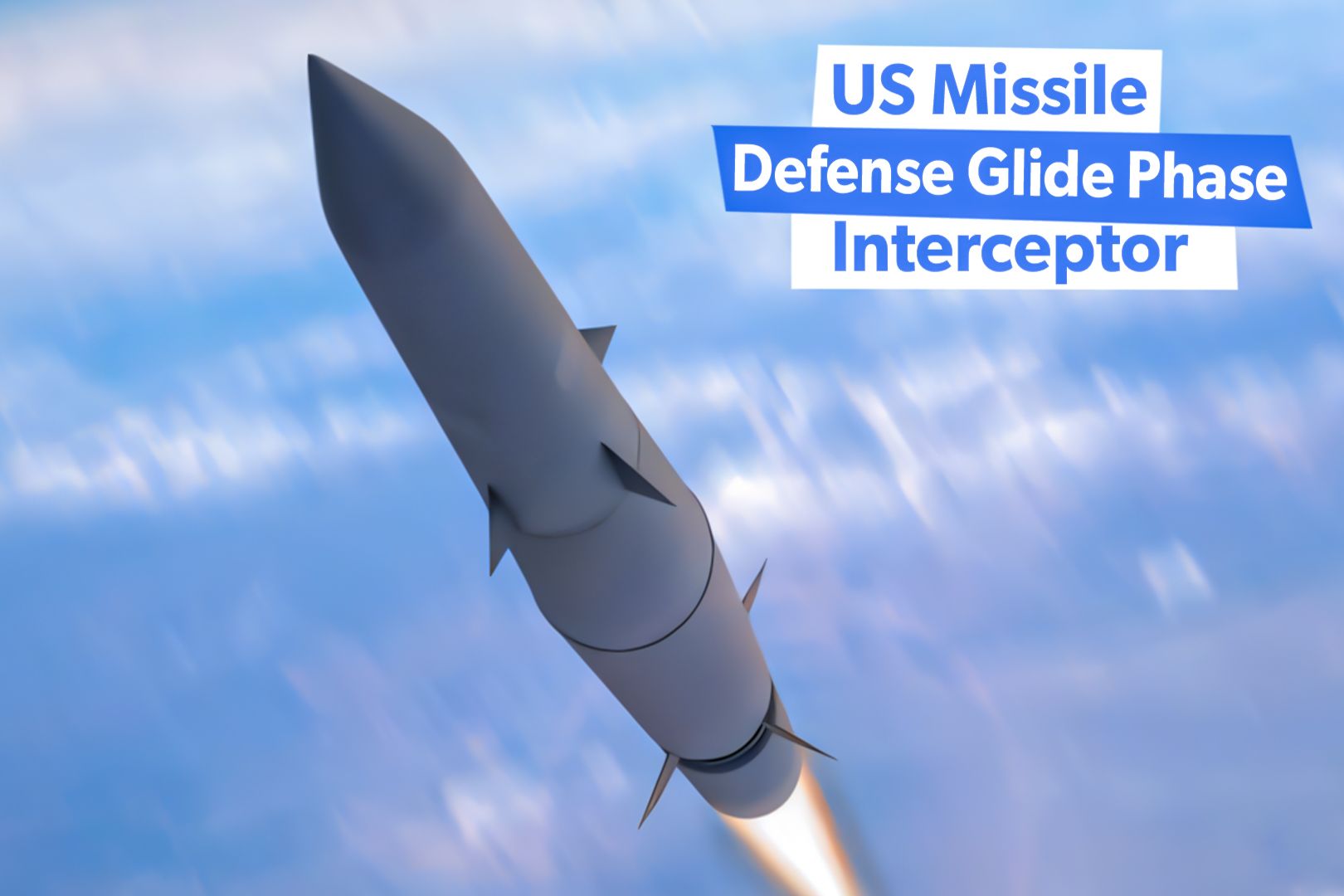
Related
What To Know: US Missile Defense Agency’s Hypersonic Glide Phase Interceptor
Hypersonic glide missiles are being developed, and the US Missile Agency plans to intercept them.
According to the US Air Force:
“On June 6, 1951 an armada of 120 ships sailed from Norfolk, VA. On board were 12,000 men and 300,000 tons of cargo. They arrived at Thule on July 9, 1951. Construction took place around the clock. The workers lived on board the ship until quarters were built. Once they moved into the quarters, the ships returned home.”
The base was originally designed as a forward base for the
bombers
and tankers of Strategic Air Command, and most of the buildings were constructed within the first 60 days in 1951. Thule AFB was built to accommodate 12,000 personnel, at its peak, 10,000 personnel were stationed there.
Photo: U.S. Army
When construction was complete on the allotted 339,000 acres of land, the operations area consisted of a 10,000-foot (by 200 ft.) runway, 10 hangars, and fuel storage capacity of approximately 100 million gallons.
Thule AFB supported the operation of SAC B-36s, B-47s, and KC-97s. In 1957, SAC activated the 4083rd Strategic Wing at Thule, consisting of B-36 bombers. During 1963, the US Army installed two 75mm and four 90mm anti-aircraft guns in a ring around Thule, for air defense.

Related
USA’s Largest Warplane Ever: The Massive Convair B-36 Peacemaker
The B-36, was too late for service during World War II, however, it did play an initial and important role at the outset of the Cold War.
…there were 82 miles of roads, 122 barracks, 63 warehouses, six mess halls…
The main base area was comprised of: 2,600 acres, on which there were 82 miles of roads, 122 barracks, 63 warehouses, six mess halls, a gym, a service club, an officers club, a hobby shop, a library, a base exchange, a post office, a theater, a chapel, a hospital, a laundry facility, a bakery, two primary power plants and four auxiliary power and heating plants.
Pituffik Space Base today
Pituffik Space Base (SB) is the Space Force’s northernmost base:
“…(76 32′ North latitude, 68 50′ West longitude) located 695 miles north of the Arctic Circle, and 947 miles south of the North Pole on the northwest side of the island of Greenland. It is approximately 550 miles east of the North Magnetic Pole.”
Generally speaking, the population of Pituffik SB generally consists of approximately 700 people, this number represents civilian, military and government personnel.
Photo: U.S. National Archives
While it’s certainly not the sprawling Air Force
Base as it was during the Cold War, it still retains its strategic value as an operating site for the Upgraded Early Warning Radar (UEWR) – Site 1, formerly known as the Ballistic Missile Early Warning System. The UEWR site is located approximately 11 miles northwest of the main base.

Related
What Is The Busiest US Air Force Base?
There are various different ways to quantify how busy a given facility really is.
Photo: National Archives
The 12th Space Wing Squadron and missile detection
The operation of the UEWR is tasked to the 12th Space Warning Squadron (12 SWS), which itself is a component of the Integrated Tactical Warning and Attack Assessment network.
Photo: U.S. Space Force
According to the U.S. Space Force, the UEWR:
“…is an AN/FPS-132, two-sided, solid-state phased-array radar system. Unlike mechanical radars, UEWR’s antenna elements do not move. The radar beam is electronically steered to a programmed location. This process, accomplished in milliseconds, increases capabilities and decreases response time. Each radar face provides 120 degrees azimuth coverage, for a total of 240 degrees coverage. Each array face contains 3,589 antenna elements and uses up to 870 kW of power. 12 SWS operates the UEWR 24 hours per day, 365 days a year and is comprised of United States and Canadian military personnel and contractors.”
…12 SWS provides early warning and detection for intercontinental ballistic missiles from Russian territory…
12 SWS provides early warning and detection for intercontinental ballistic missiles from Russian territory, as well as from submarine-launched ballistic missiles, originating from the North Atlantic and Arctic Oceans with a trajectory towards the United States. All information and assessments by 12 SWS proceeds to National Command Authorities by way of the Missile Warning Center and NORAD.
The Missile Warning Center is located at the Cheyenne Mountain Air Force Station in Colorado Springs, Colorado.
Space domain awareness
Another aspect of the Pituffik SB is maintaining a watchful eye toward the final frontier. The Space Force personnel at Pituffik, take part in the operation and analysis of data from America’s primary early warning satellite constellation, the Space-Based Infrared System (SBIRS).
According to the Center for Strategic and International Studies, this constellation is comprised of:
“…six satellites with nuclear-hardened components, SBIRS consists of two hosted sensor payloads in a Highly Elliptical Orbit (HEO) and four dedicated payloads in Geosynchronous Orbit (GEO). SBIRS uses infrared sensors that detect thermal signatures to surveil the Earth, providing vast amounts of data used for missile defense, battlespace awareness, missile warning, and tactical intelligence, sending raw unprocessed data through five separate downlinks to the ground.”
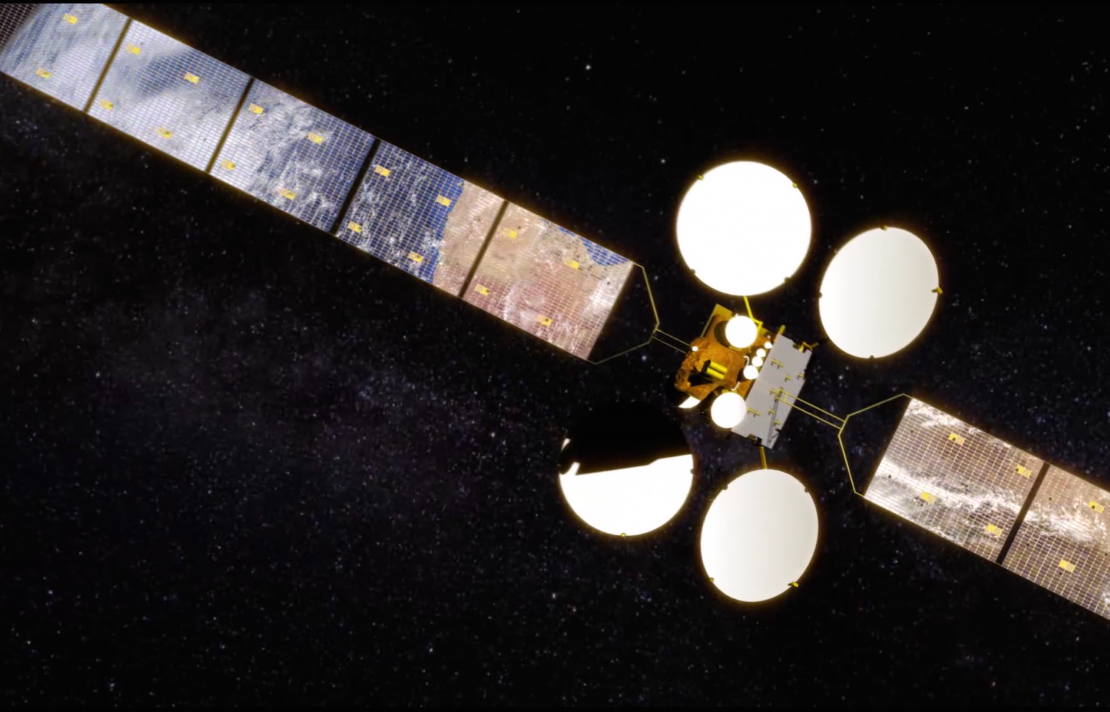
Related
LEO, GEO, MEO Satellites – What’s The Difference?
For the full 2024, Pituffik Space Base Guide click HERE
The importance of America’s northern watch
Spanning Alaska, Canada and Greenland, the USAF and SF operate approximately 50 radar sites comprising the Northern Warning System. Given that the Arctic region provides the shortest distance for adversaries to threaten the U.S., this network of radar sites is America’s first line of defense across earth’s northern expanse.
SFB Pituffik is just one of the incredibly important links in this system, particularly as President Putin threatens his adversaries with nuclear retaliation. While it would be devastating for Russia if he went through with a nuclear strike on the U.S. or its allies, one cannot not dismiss his threats, and resolute vigilance must be maintained.
Fortunately, SFB Pituffik and the larger constellation of radar stations that it is part of, provides such vigilance, all day, every day, all year.


